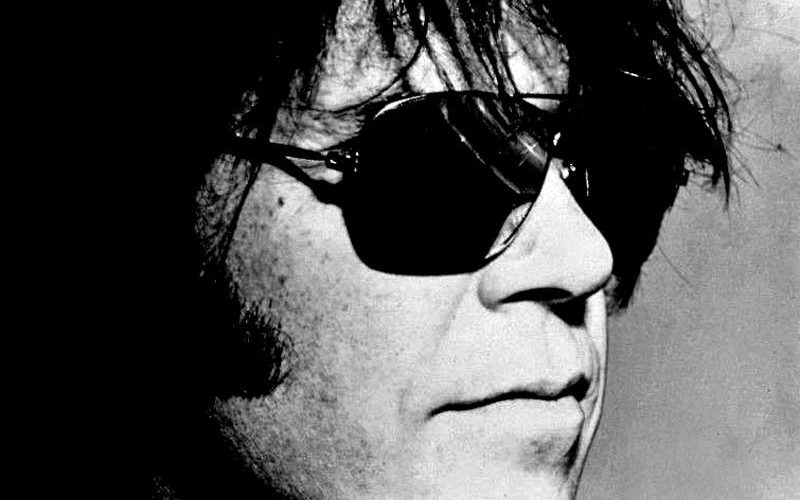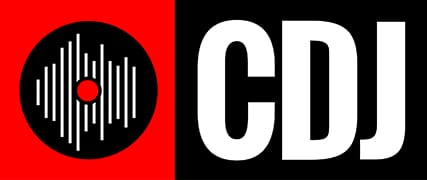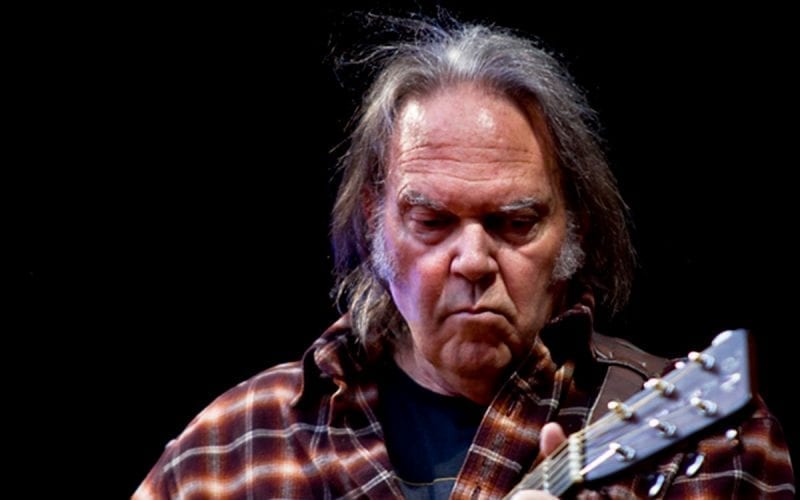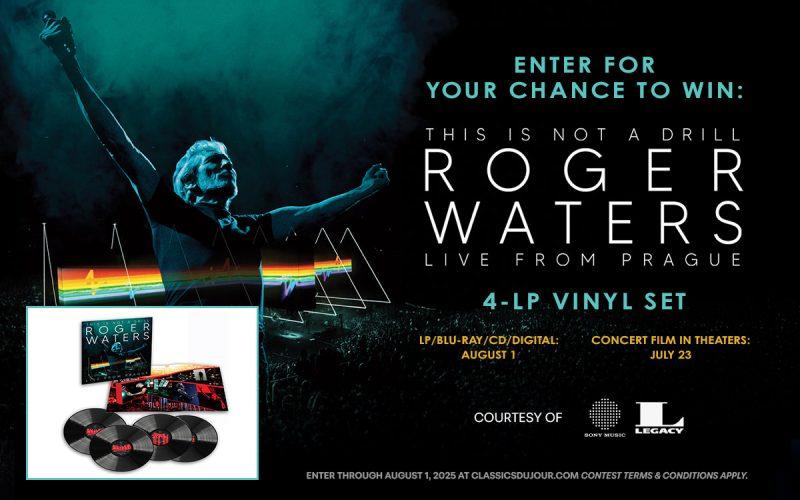
Remember that time in 1988 when Neil Young was banned from MTV?
Well, one song at least.
Yes, that’s right… the remarkably permissive MTV – known for its edgy content and pushing of boundaries – initially refused to air Young’s music video for the controversial “This Note’s for You.”
We all know the classic rock legend has never been shy about his opinions (political or otherwise) and this song was no exception. Like Bruce Springsteen, Young has always refused to allow his songs to be used in commercials, citing concerns about corporate interests influencing music and cheapening artistic integrity.
Yet by 1988, Young and Springsteen were the exception. Many of their contemporaries, including David Bowie, The Who and The Rolling Stones had made a lot of money by allowing their songs to be used in ads. Others, like John Mellencamp, held-out for years but finally came to the conclusion that commercials offered unprecedented exposure for their music.
Young, however, was having none of that. And so he wrote “This Note’s for You” – a deliberate jab at the artists he considered to be sell-outs.
The song title itself is a play on the oh-so-familiar Budweiser slogan “This Bud’s for You.” And right from the get-go, Young pulls no punches: “Ain’t singing for Pepsi / Ain’t singing for Coke / I don’t sing for nobody / Makes me look like a joke / This note’s for you.”
As pointed as the lyrics are, it’s the video that really takes the message to the next level. Directed by Julian Temple, the video takes rapid aim at a slew of different of ad campaigns.
The opening noir sequence is a play on the Michelob campaign that starred Eric Clapton, pre-rehab. Then Young steps onto the stage, abruptly changing the style of music. As he begins to sing the first line, “Ain’t singing for Pepsi,” the scene cuts to a Micheal Jackson look-alike. The video thoroughly lampoons the King of Pop – who was ripe for parody by the late ‘80s – and later shows the impersonator’s hair catch on fire, just as Jackson’s did when filming his Pepsi commercial in 1984.
Whitney Houston, who shilled for Diet Coke, is also parodied in the video and the scenes cut back and forth between the two impersonators. After all, you’re either a “Coke person” or a “Pepsi person”.
Eventually the Houston character puts out the flames with a can of, what is presumably, Diet Coke.
Young takes another dig at Coke with the line “I got the real thing, baby” – a reference to the Coke slogan “It’s the Real Thing”, first introduced by the company in 1969. And just to twist the knife, at that moment, the Houston character has her wig ripped off.
The video also takes aim at the Calvin Klein “Obsession” commercials, comically turning it into “Concession” with a dialogue break in the song that mimics the style of the rather pretentious ads.
“Members of the jury, this man is on trial for his smell.”
“Forgive me, but I am prettier than all of you.”
“Liar, give me back my shoes.”
“Ah, if I could only pluck her brows.”
Though there were no musicians associated with Calvin Klein at the time, this jab was likely in reference to the Rolling Stones‘ 1981 tour that was sponsored by Jovan.
11 Classic Rock Hits That Are Actually Blues Songs
Not to be forgotten, Budweiser also gets a “nod” from Young. The video co-stars a faux Spuds MacKenzie – the Budweiser spokes-dog – surrounded by bikini-clad women.
And just in case the message still wasn’t clear, the video ends with Young holding up a beer can with a label that reads “Sponsored by Nobody”.
As clever and entertaining as the video was, MTV initially refused to air it upon its release. “I must admit I feel awkward defending our decision because I happen to think it’s a fantastic video,” MTV/VH1 General Manager Lee Masters told The Los Angeles Times in 1988. “Everyone in Programming loved it – it’s spectacular and it’s very funny. But we had two corporate problems: First, our attorneys advised us against playing it because its use of likenesses of Michael Jackson and Spuds MacKenzie could leave us open to trademark infringement charges. Since then, Warner Records’ legal department has offered to indemnify us against any claims, but our attorneys still felt that might not be enough protection.”
Still, during this period of time MTV was running Weird Al’s “Fat” in heavy rotation, even though it was a spoof on Michael Jackson’s “Bad.” So it’s likely the network’s main concern wasn’t a lawsuit, but rather a fear of upsetting their sponsors.
MTV did have a strict policy against product placement – they felt companies wouldn’t buy ad slots if they could instead have their product featured in a video. So, in order to protect their sponsors, they banned the video… thus proving Young’s point that corporate interests compromise artistic integrity.
In response to the ban Young wrote and open letter to MTV:
MTV, you spineless twerps.
You refuse to play “This Note’s For You” because you’re afraid to offend your sponsors.
What does the “M” in MTV stand for: music or money?
Long live rock and roll.
Forced to concede Young’s point, MTV agreed to air the video. To help with damage-control, they turned it into an event, with the debut taking place on August 21, 1988 as part of a 30-minute special about the controversy.
Neil Young however, had the last laugh.
“This Note’s For You” took home MTV’s Video of the Year award in 1989.











